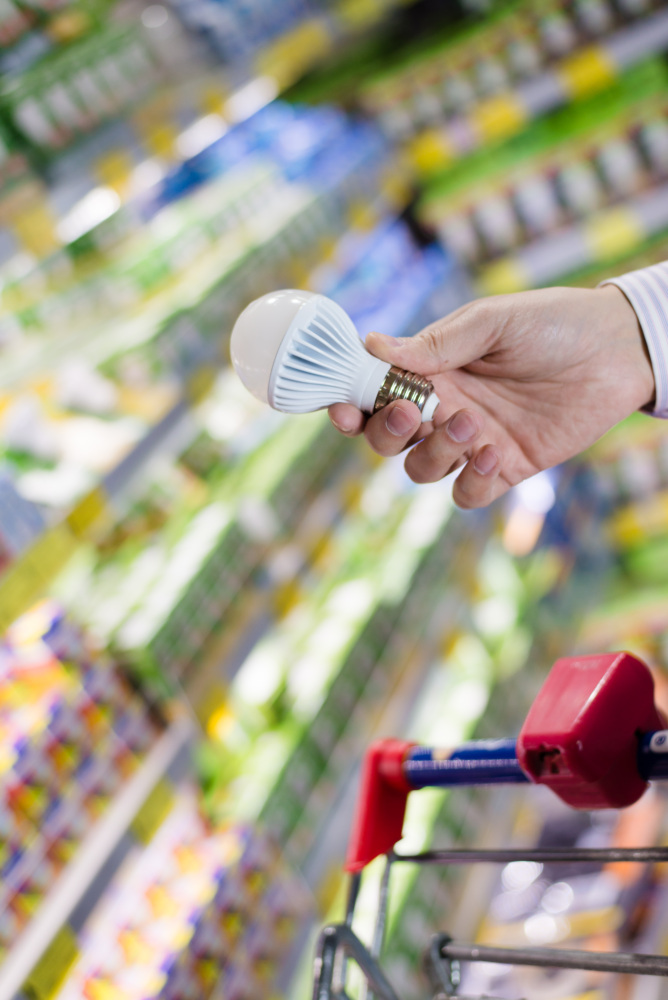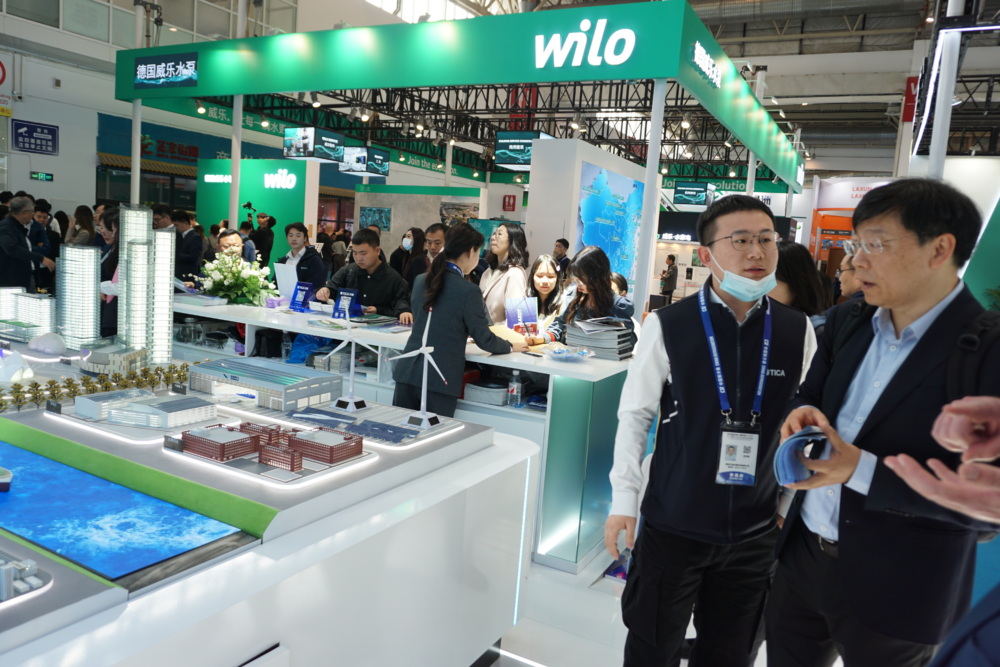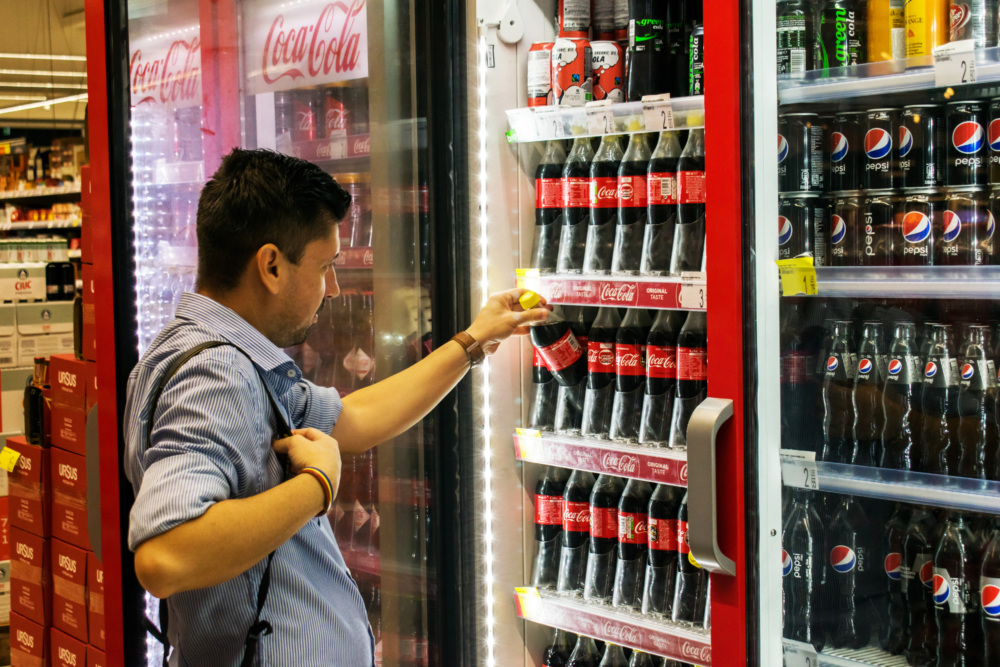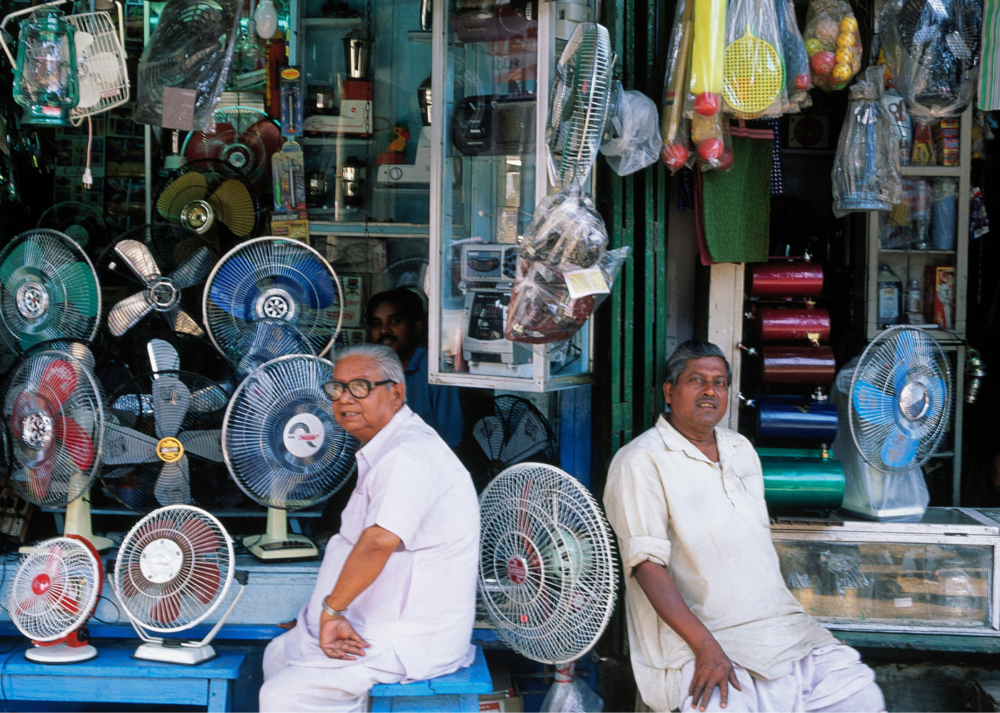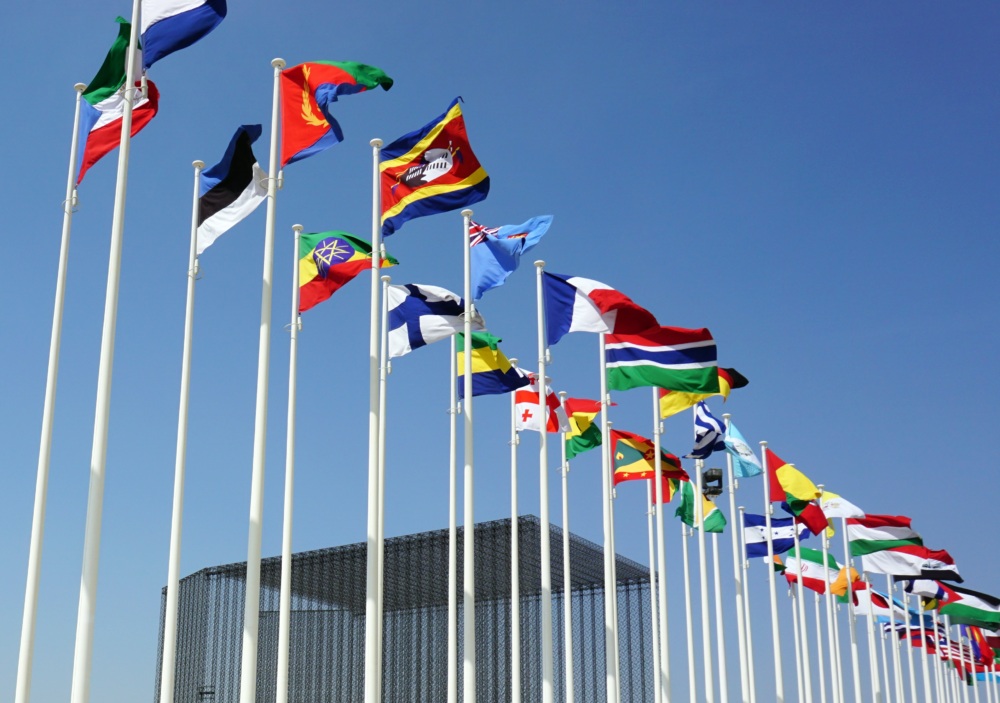Making Energy Labels Work for You: Insights from Southeast Asia
CLASP Manager Lina Kelpsaite offers observations into why design and communication strategies are integral to labeling program success.
Energy labels are an important public-facing tool used in more than 80 countries to promote efficient appliances and stimulate technological innovation. Through strategic designs and rating scales, energy labels help consumers differentiate more efficient appliances and equipment, leading to long-term cost and energy cuts.
Policymakers must keep consumers at the center of development and implementation efforts to ensure labels deliver maximum climate and cost benefits. In Southeast Asia, nearly all countries have introduced energy labels for at least one technology. Robust consumer studies offer insights into people’s understanding of energy efficiency and best practices to drive awareness.
Functional Designs with People in Mind
Consumer studies confirm the accessibility – or inaccessibility – of labels. People must be able to easily read and understand the content to make informed purchasing decisions. From illustrations and colors to word choice, all elements of a successful energy label must work together to support the consumer experience.
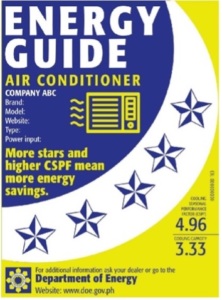 In many Southeast Asian countries, labels feature stars to demonstrate efficiency ratings. This style shows consumers how that appliance ranks on the scale of least to most efficient. CLASP’s recent Philippines labeling study – in collaboration with Innogy Inc. – revealed that 82% of consumers either strongly agreed or agreed that the new star-rating label is more effective than the older “yellow label.” The “yellow label” only displayed appliance energy use whereas the new star-rating offers more information on the appliance type and performance. Most consumers (84%) accurately indicated that the stars on the label stand for energy savings.
In many Southeast Asian countries, labels feature stars to demonstrate efficiency ratings. This style shows consumers how that appliance ranks on the scale of least to most efficient. CLASP’s recent Philippines labeling study – in collaboration with Innogy Inc. – revealed that 82% of consumers either strongly agreed or agreed that the new star-rating label is more effective than the older “yellow label.” The “yellow label” only displayed appliance energy use whereas the new star-rating offers more information on the appliance type and performance. Most consumers (84%) accurately indicated that the stars on the label stand for energy savings.
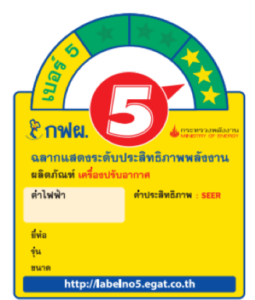
Thailand hosts one of the world’s most successful energy labeling programs, which adopted star rating scale in 2019 in addition to old number scale to differentiate products within level 5 (most efficient) rating. The majority of Thai consumers (85%) can easily identify the most efficient product by looking at the number of stars and the electricity cost estimate on the label, but because the label is not technology neutral consumers are required to know that, for example, inverter air conditioner with 3-star rating is more efficient than a fixed-speed one with the same rating. Almost all consumers (98%) find the color of the No.5 label with stars eye-catching; 75% prefer the label with stars because it better communicates the efficiency of the product. The same study also showed that consumers identified the estimated annual electricity cost as one of the most useful components of the label.
Even voluntary labels increase consumer confidence in appliance quality and performance.
Nearly all Thai consumers (94%) would not buy an unlabeled appliance because they view the label as a guarantee for energy savings and product quality. This is especially significant, given labels are voluntary for manufacturers.
Communication is Key
Once the label is designed, strategic dissemination and communication ensure widespread understanding and acceptance. Our recent surveys offer insight into the best methods to increase consumer awareness and understanding of energy labels – before and during the time of purchase.
Data from the Philippines reveals most air conditioner customers researched online, asked for recommendations from friends, relatives, and others, and purchased only known brand appliances. When asked where they had seen the star label before, consumers cited retailer visits (54%), social media/the internet (18%), word of mouth (11%), and TV (7%).
Salespeople are a key resource in brick-and-mortar shops, but consumer reliance on their recommendations vary. In the Philippines, salespeople recommendations are less useful to consumers – only 19% of respondents considered their recommendations when they purchased their last air conditioner. In Thailand, consumers frequently count on retailers to explain differences between products bearing different star ratings. However, it is important to ensure that the salespeople have accurate information for example, informing Thai consumers that air conditioners with inverter technology are more efficient which is not clear from the label.
When salespeople might not be available or a desired resource, other tools like QR codes are helpful. QR codes share guidance on interpreting labels and learning more about energy efficiency. In the Philippines, the majority of customers (85%) expressed interest in using QR code on the new label.
Consumer Insights with Global Impacts
The success of energy labeling programs depends on the ability to connect with people purchasing appliances. By collecting intentional data, regulators and other label stakeholders can amplify the label program – allowing technical implementation to run in parallel to growing consumer trust. Expanding these best practices across the globe would support countries to realize the full benefits of energy efficiency programs and ensure customers access high-quality, energy-saving appliances and equipment.


